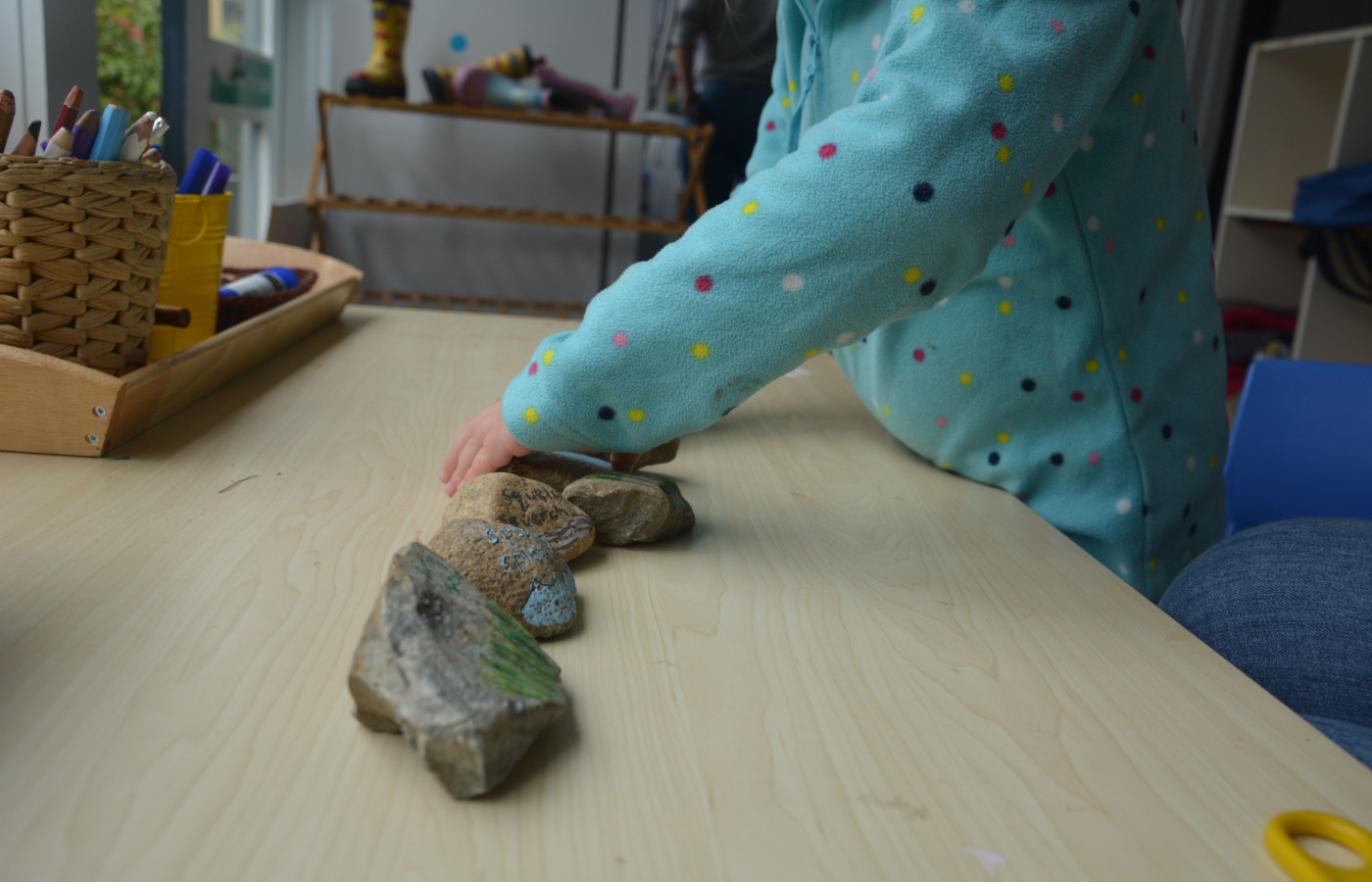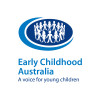Story stones - rocks with pictures to inspire stories

Story stones - rocks with pictures to inspire stories
Use story stones to share stories in a different way.
Materials Required
- Flat rocks
- Textas or paint pens
- Paints and brushes
- Water to wash brushes if painting
Play experience profile
-
Age:
-
Min Playtime15 - 30 Minutes
-
Skills
-
Energy LevelQuiet Play
-
Messiness Rating
-
EYLF Outcomes
Play Experience Preparation
Collect stones/rocks that are fairly flat - Have the story stones spread out on a table with lots of room - Can talk about each image on the rocks or what the story could be aboutExperience Steps
- Source some rocks (not polished or shiny as paint and texta comes off easily).
- Decorate and draw images onto your rocks- can be for a specific story or random images.
- Leave to dry.
- Spray with gloss varnish (optional) outdoors and leave to dry (will last longer).
- Encourage child to pick one story stone at a time as use as inspiration to start a line of the story and add to this with each person choosing a new rock―take turns if multiple people.
- Record story (using a device or scribe) if you desire to re-read at the end.

What to talk about, or questions to ask during the experience
- Encourage descriptive words or provide these as adult tells the story
- Provoking questions―What happens next? Why did that happen? How did that happen?
Build on this...
- Record stories and encourage your child to illustrate the story by creating a book with paper
- Make videos to listen to/watch the stories over and over again
WHO guidelines for physical activity and sedentary behaviour
Provide evidence-based public health recommendations for children, adolescents and adults on physical activity.
Learn more
Provide evidence-based public health recommendations for children, adolescents and adults on physical activity. Learn more
The more you encourage your child to get up and move around the more active this experience could be. This could also be a quiet independent activity as well.
EYLF Outcomes
The Early Years Learning Framework has been designed for use by early childhood educators working in partnership with families, children’s first and most influential educators.
View PDF
The Early Years Learning Framework has been designed for use by early childhood educators working in partnership with families, children’s first and most influential educators. View PDF
- Children develop dispositions for learning such as curiosity, cooperation, confidence, creativity, commitment, enthusiasm, persistence, imagination and reflexivity
- Children transfer and adapt what they have learned from one context to another
- Children express ideas and make meaning using a range of media
EYLF Principle
Principle 3: High expectations and equity. Children progress well when they, their parents and educators hold high expectations for their achievement in learning.
EYLF Practice
Practice: Learning environments. Indoor and outdoor environments support all aspects of children’s learning and invite conversations between children, early childhood educators, families and the broader community. They promote opportunities for sustained shared thinking and collaborative learning.
https://www.bunnings.com.au/tuscan-path-1-5kg-30-50mm-natural-stone-white-pebbles_p0014847
https://www.youtube.com/watch?v=jf5hp6-Ckdk Making story stones
Author:


